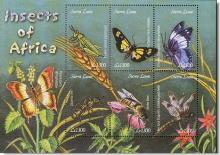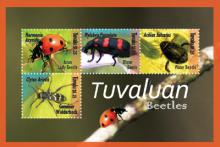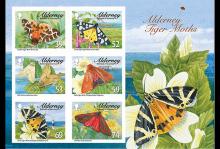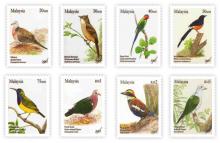Neonicotinoid clothianidin adversely affects insect immunity and promotes replication of a viral pathogen in honey bees
Honey bees are exposed to a wealth of synergistically interacting stress factors, which may induce colony losses often associated with high infection levels of pathogens. Neonicotinoid insecticides have been reported to enhance the impact of pathogens, but the underlying immune alteration is still obscure. In this study we describe the molecular mechanism through which clothianidin adversely affects the insect immune response and promotes replication of a viral pathogen in honey bees bearing covert infections. Our results shed light on a further level of regulation of the immune response in insects and have implications for bee conservation.










